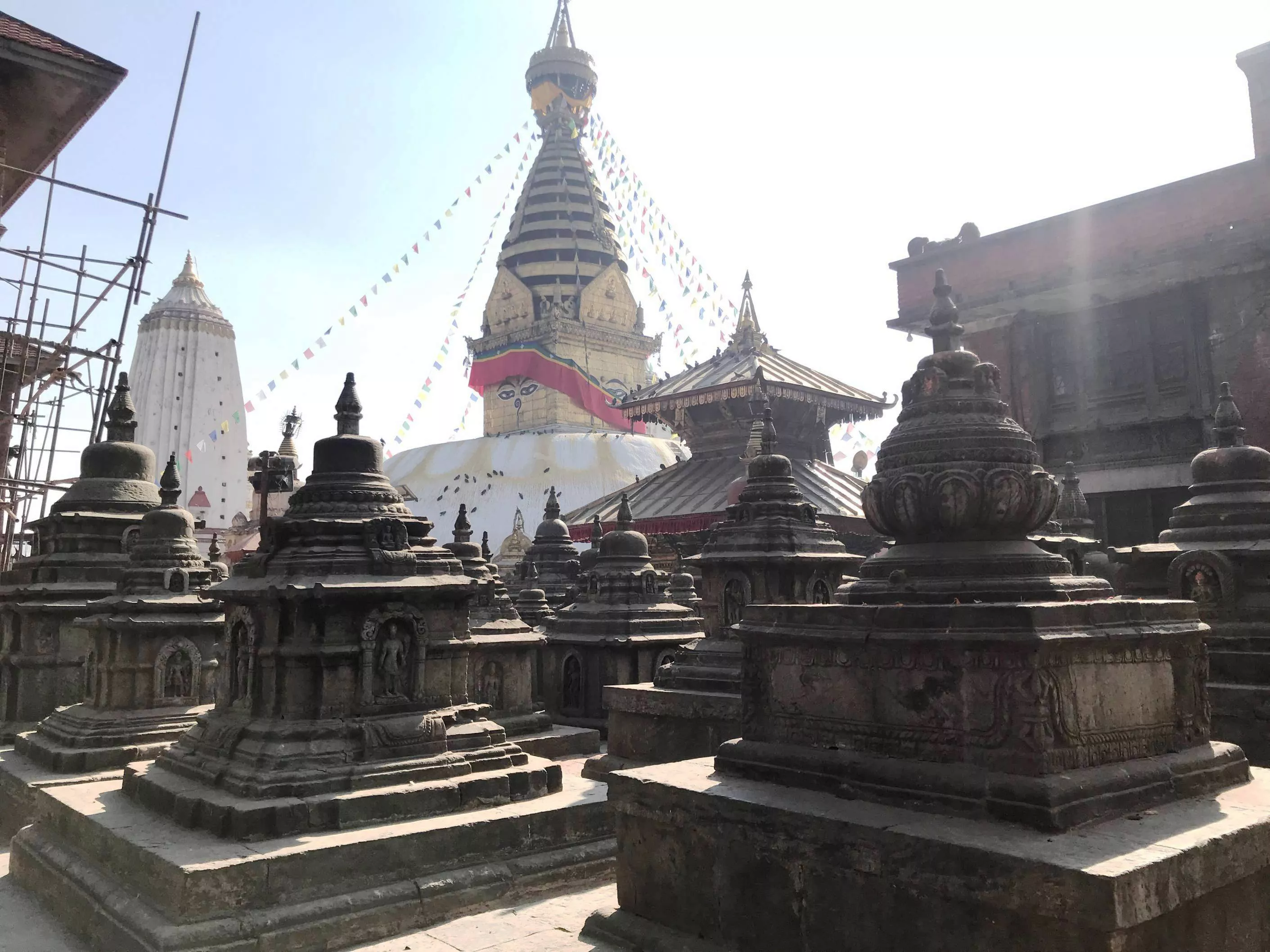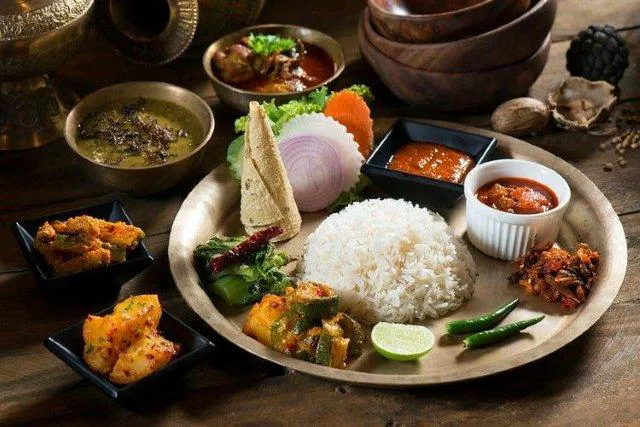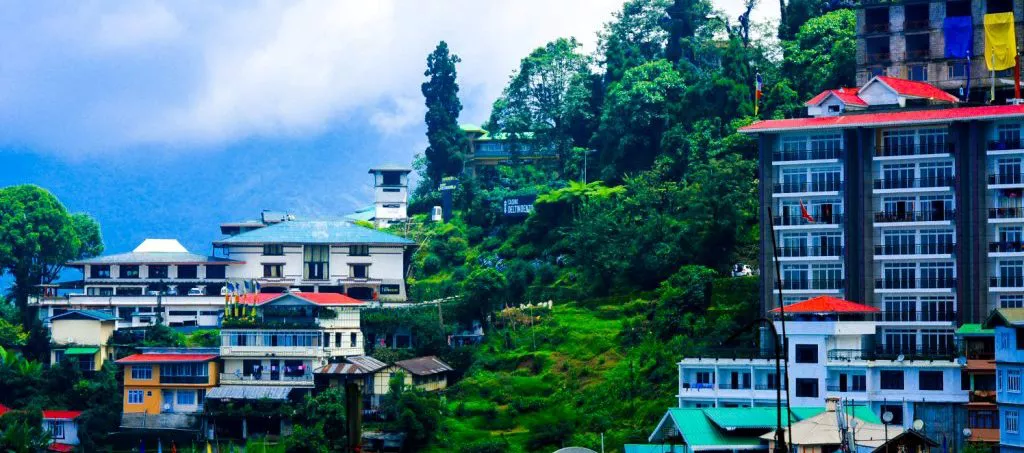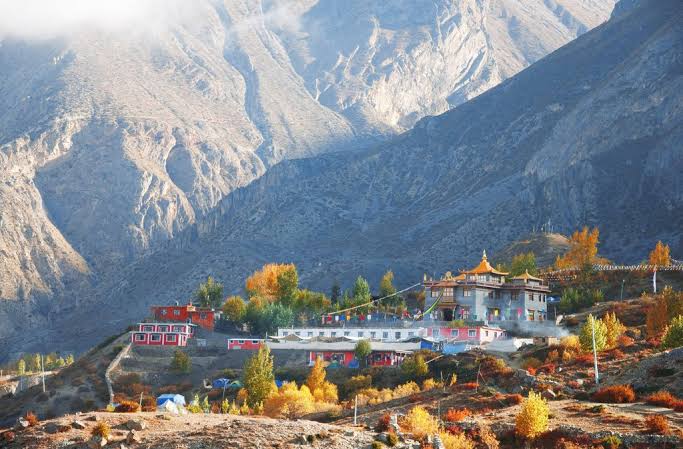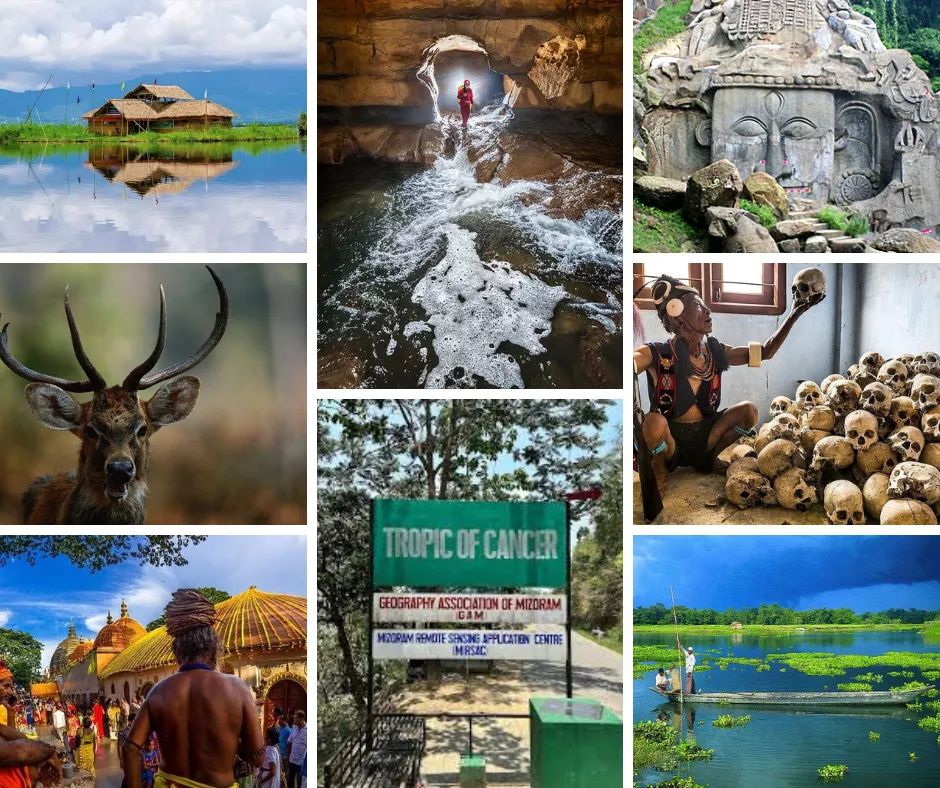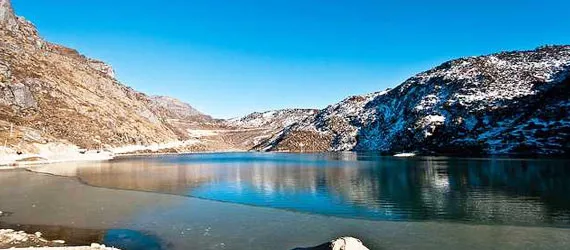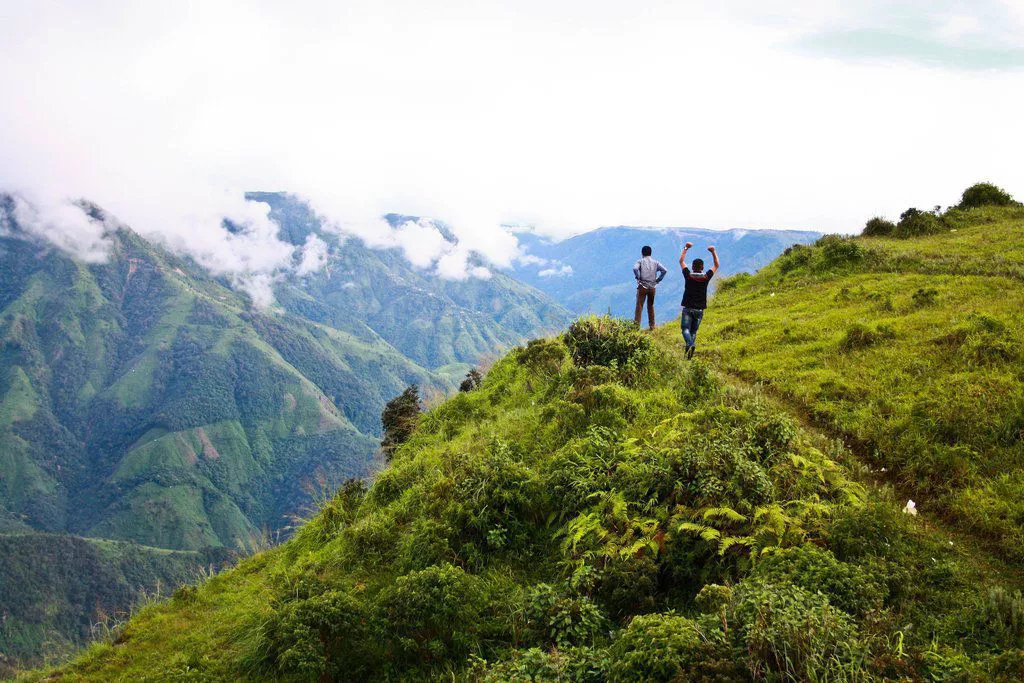Emergence of Swoyambhu
Swoyambhu, a UNESCO world heritage site, goes back to ancient times. The earliest inscription found to have recorded about the Stupa of Swoyambhu dates back to the 5th century. There is a popular belief that if the Swoyambhu does not exist then Kathmandu won’t exist either.
The origin of Swoyambhu is in fact the starting point of history of Buddhism in Nepal. Swoyambhu purana mentions that the Swoyambhu was self-created from the eternal light coming out of a lotus flower in the lake that once filled the valley of Kathmandu. The Purana also states it as a miraculous flower planted by Vipaswi Buddha, which blossomed in the lake.
Wish Pond: It is believed that if a thrown coin lands on the pot
in front of the Buddha statue, then the wish will be fulfilled
Boddhisatva Manjushri during this time was reflecting at the holy mountain in China and had the vision of the brilliant lotus. He promptly made the excursion to Nepal by means of his blue lion. Completely intrigued by the brilliance of the lotus light, Manjushri felt the pilgrimage should be open to all human beings. Subsequently, he took his blade and cut the chasm encompassing the lake to empty out the water. The swoyambhu purana also mentions an aquatic being that left the place with the water. However, Manjushri persuaded Naag Karkotaka to stay, and therefore, he built Taudaha. He also created other dahas (lakes) such as Taudaha, Dhanadaha, and Dwadasha Tirtha so that serpents who once lived in the lake in the valley could take shelter.
How to Get There
Swoyambhu is located 3 km to the west of Kathmandu and can be reached either on foot or by vehicle. A long staircase comprising 365 stone steps leading vertically to the main temple lies toward the east of the Stupa. At the end of the stairway is the Vajra. Another entrance is at the southwest of the Swoyambhu. Vehicles come through this way as there is a roadway from south of the hill leading to the southwest entrance.

The long stairway leading towards Swoyambhu: Eastern Entrance
Because it is situated beside the ring road, transportation is not a problem here. Any vehicle circling the ring road will get you here. Apart from this, you can rent private vehicles, taxis, or even motorbikes.
4 Major Attractions in Swoyambhunath
(1) Harati Temple
Harati is also known as the “Goddess of all Children,” and the temple dedicated to the Goddess is a notable structure around Swoyambhu. The architecture of the shrine comprises a brick pagoda. It is said that Goddess Harati was initially an ogress who was later converted by Lord Buddha to be the caretaker of children.
(2) Shantipur
This is one temple no one ought to miss in Swoyambhu. The story behind this box-shaped small temple always fascinates me. It is said that the temple houses a saint who’s been living there for 1500 years. Saint Shanti Shri is believed to have locked himself in a vault underneath a temple since the 5th century. He vowed to remain inside until his presence is needed utmost in Kathmandu.
During the 17th century, when Kathmandu was facing drought, King Patap Malla visited the saint. He describes his experience as frightening. He came across ghosts, snakes, bats, and hawks before he finally got to the chamber where the saint was meditating. The saint provided a relic or mandala, which King Pratap Malla brought to the Kingdom and there was immediate rain.
(3) Vajra
As soon as the long stairway ends to the east of the Stupa, a gold-plated vajra immediately welcomes its tired visitors. The vajra is an iconic symbol in Vajrayana Buddhism. It is one of the biggest vajras or thunderbolts that I have ever seen.
(4) Monkeys
If monkeys aren’t one of the major attractions in the Monkey Temple, then is it justifiable to call it by that name? The monkeys in the Swoyambhu premises are considered holy and reside in the jungle northeast of the temple. They are considered holy because it is believed that they are the transformed head lice of Manjushri, the Bodhhisatva of wisdom or learning.
Monkeys can be found around the Stupa premises
I have been going to Swoyambhu since I was a little kid, and it has always been that one place I love to revisit. The holy chants of “Om Mane Padme hum” with soothing music or the silent woods, the place radiates peace and positive energy. The place is more crowded today than it used to be before but it is overwhelmingly calm in the chaos and that’s what I love most about this place.
